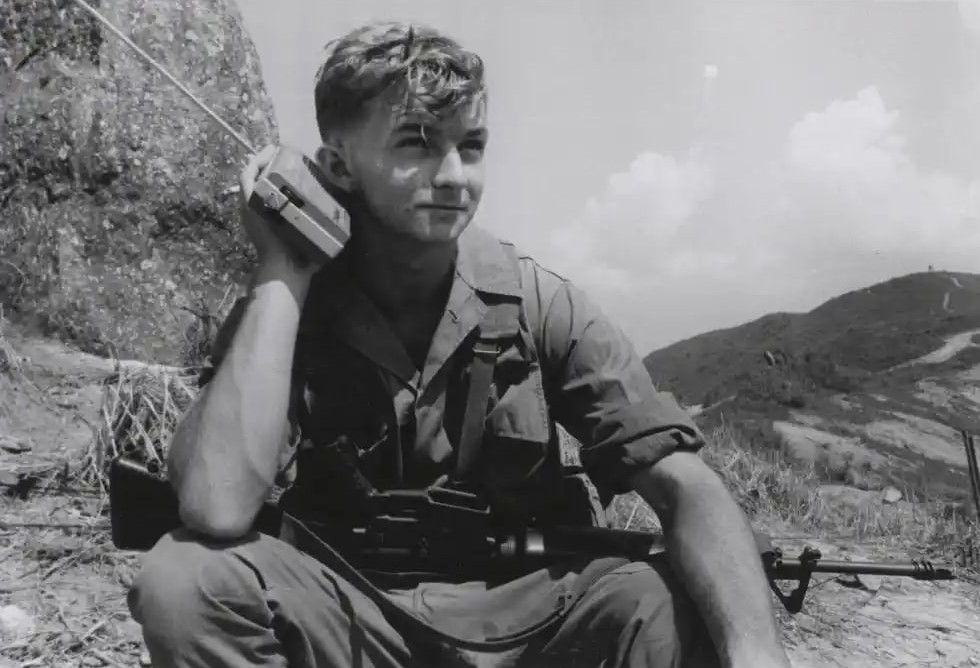SOLDIER PROFILE - GENERAL WILLIAM WESTMORELAND - VIETNAM WAR 50TH ANNIVERSARY COMMEMORATION
Widely remembered as the face of the U.S. war effort in Vietnam, GEN Westmoreland commanded Military Assistance Command – Vietnam (MACV) from 1964 to 1968.
#Armyhistory #USArmy
Widely remembered as the face of the U.S. war effort in Vietnam, GEN Westmoreland commanded Military Assistance Command – Vietnam (MACV) from 1964 to 1968.
#Armyhistory #USArmy

Westmoreland’s career began at West Point, after which he climbed up the ranks during WWII, during which he garnered a sterling reputation. He further burnished his career by becoming the youngest MG in the U.S. Army in 1956 and superintendent of West Point in 1960.
In JAN 1964, Westmoreland was made deputy commander of MACV; in JUN he was elevated to overall command. He occupied that role for the next four years, during which he would become the primary force shaping U.S. military strategy in the region.
#VietnamWar #VietnamWarHistory
#VietnamWar #VietnamWarHistory

Westmoreland went to Vietnam before formal U.S. combat involvement, but within just two months of assuming command, the Gulf of Tonkin Incident led to the massive escalation of the U.S. presence in Vietnam to over 500,000 military personnel over a period of just a few years. 

The tenure of Westmoreland as MACV commander was marked by contrasts. Although U.S. forces achieved significant battlefield triumphs, the enemy’s predilection towards small-unit engagements and guerilla actions made the task of winning the war both lengthy and costly. 

Westmoreland’s efforts to break the enemy’s will to fight through a strategy of attrition was effective in generating enemy casualties but backfired by overexposing American society to the negative externalities of the war, ultimately sapping U.S. support for the war effort.
In JUN 1968, Westmoreland became Army Chief of Staff (1968 – 1972). It was in this capacity that he ordered an investigation into the My Lai Massacre which ultimately became a foundational element for the wholesale reform of the Army officer corps following Vietnam. #TRADOC 

Westmoreland retired from the Army in 1972 after over three and a half decades of service to the nation and died in 2005 at the age of 91. He is buried at West Point Cemetery.
#VietnamVeterans #MilitaryHistory #Westmoreland @TRADOC @USArmy @SecArmy @ArmyChiefStaff
#VietnamVeterans #MilitaryHistory #Westmoreland @TRADOC @USArmy @SecArmy @ArmyChiefStaff
• • •
Missing some Tweet in this thread? You can try to
force a refresh

 Read on Twitter
Read on Twitter




















